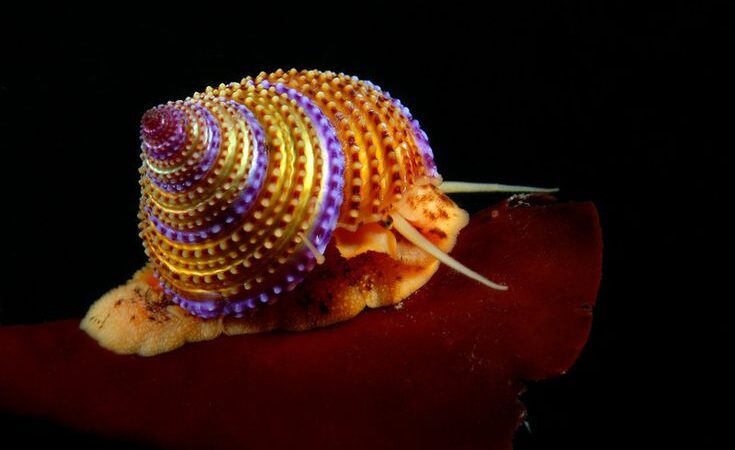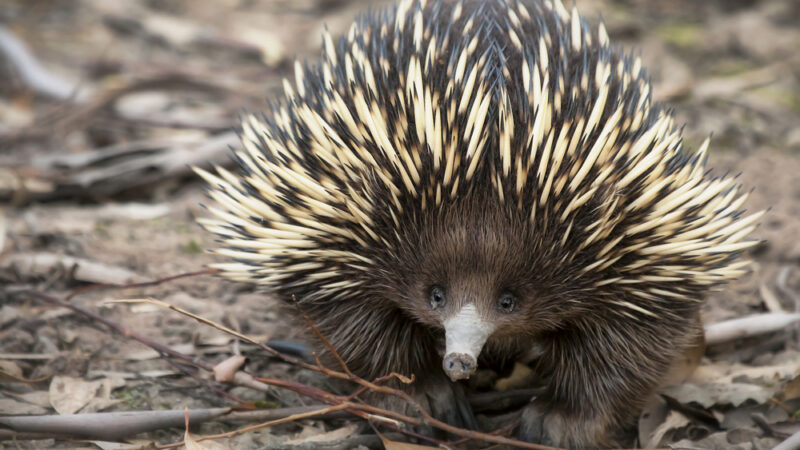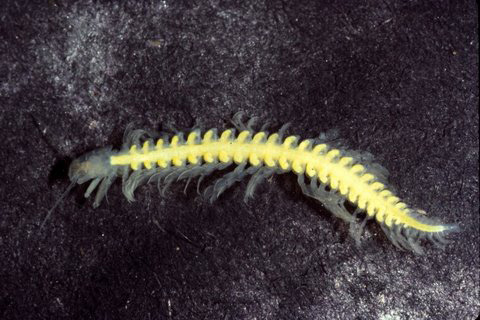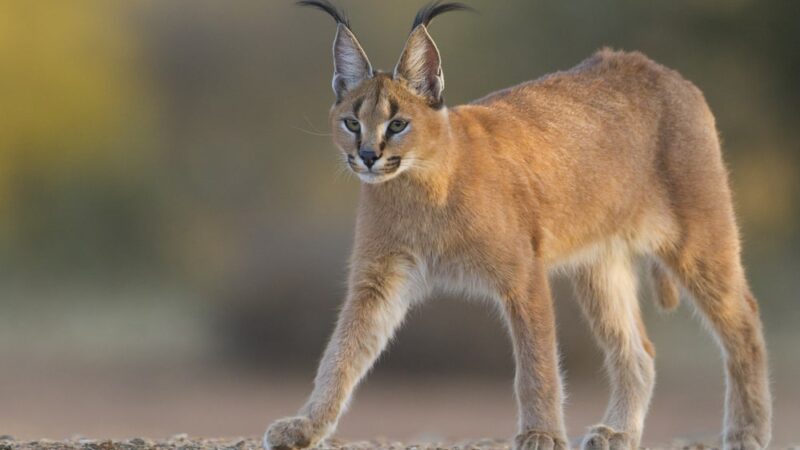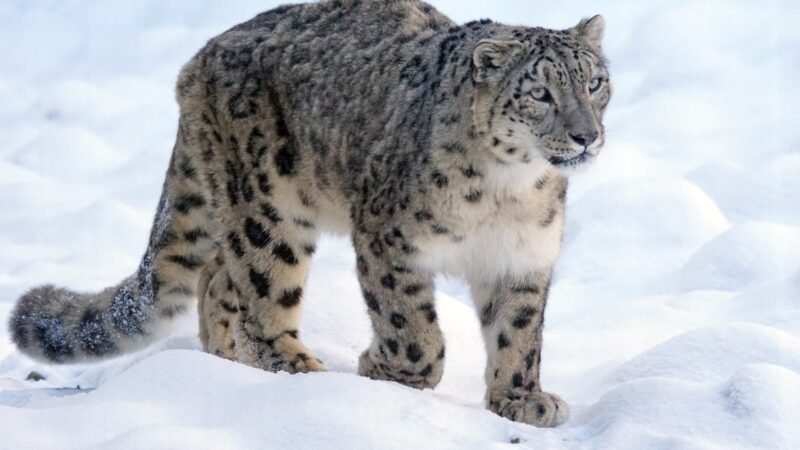Tasmanian Devil
Shelter for Animal | Tasmanian Devil | The Tasmanian devil a cute little marsupial that certainly doesn’t deserve the name devil but they do deserve the name Tasmanian as that’s where they’re found marsupials only live in Tasmania the island of the south coast of Victoria in Australia.
Tasmanian devil habitat
These animals [Sarcophilus harrisii] live all over the island inhabiting all of its different biomes from eucalyptus forests to coastal shrublands. Tasmanian Devils a nocturnal so they like to sleep during the day they use basically any shelter they can find to sleep in sometimes. They will use old wombat holes and sometimes. They will live inside hollow logs anywhere that offers them a place to rest until it gets dark and they go out to feed.
Diet of Tasmanian Devils
Tasmanian devils at the top of the food chain on their islands since the extinction of the thylacine but when fire scenes were around. Tasmanian devils would prey on their young and thylacine would prey on Devil’s now the times have changed with the extinction of the Tasmanian devils. Only real rival and the introduction of roads and cars Tasmanian devils tend to do much less active hunting and would rather just eat roadkill and carrion.
They will travel up to ten miles a night to find food and use the excellent sense of smell to sniff it out and they find some of this pre-killed food. They can eat just about all of it from bones to fur though they mainly eat carrion. They will still hunt small animals and birds if the need arises.
Tasmanian Devil lifespan
Devils live around eight years and reach sexual maturity at two years. Old males will fight each other for females as many other animals do and the victor gets to mate with the female. The whole reproductive cycle is rather brutal as the female gives birth to around 50 imps. The name was given to a baby Tasmanian devil.
However, there are only four nipples so the newly born imps have to race from the vagina to the pouch and fight their way to one of the only four nipples leaving the other 46 to die as imps don’t let go of the nipple around a hundred days. As they go off the milk the surviving four imps will leave the pouch of developing ears, fur, and other essential body parts and will spend the next three to six months riding around on the mother’s back the Koala.
Tasmanian evil adaptations
Tasmanian devils have some pretty common adaptations when compared to other animals. They have a good sense of smell whiskers and a good sense of hearing and other common things that make it well adapted to hunting at night. The behavior is perhaps slightly more interesting when in confrontation with another devil. Perhaps over food or a mate devils will sneeze at each other to try and show dominance.
Usually, this is all it takes for one to back down otherwise it will turn into a real fight evolution wise. Tasmanian devils are closely related to thylacine and are thought one way to revive thylacine is to use fallacy in DNA and a devil over that’s how closely related. They are of course devils and while soup eels and a part of the order de Serie mafia that includes devils thylacine z’ and NIMH bats.
Why is the Tasmanian devil endangered?
Tasmanian devils face few threats from humans anymore other than being roadkill. Humans rarely kill these marsupials anymore. In the past that was different humans hunted devils back when Europeans first colonized Australia. When devils lived on the mainland they were killed because they were seen as threats to livestock and pests. But the most damage humans did to them was through introducing dingoes to Australia.
Around 4000 years ago Tasmanian devils survived today on Tasmania because there are no dingoes on the island. They still face another threat this one surprisingly not because of humans be warned the next images are rather graphic. In 1996 a contagious form of cancer was discovered in Tasmanian devils do this thought to be passed from one devil to another through bites.
Tasmanian devils facts
- Here are some interesting facts about the Tasmanian devil:
At one time Tasmanian devils were abundant throughout Australia but they no longer exist in Australia. - Other than in zoos and parks they are still found across most of Tasmania.
- They live in coastal suburbs and forest areas.
- They are part of the marsupial family along with kangaroos and koalas.
- Tasmanian Devils can grow up to 30 inches long and wear to 26 pounds.
- They are often described as being about the size of a small dog because of their oversized head sharp teeth and strong muscular jaws.
- They can deliver an extremely powerful bite that is strong enough to crush bone.
- Their bite force power is approximately 1,200 pounds per square inch in layman’s terms that’s around 8 to 10 times more powerful than a human’s bite.
- They use their excellent sense of sight and smell to hunt prey.
- They are strictly carnivorous surviving on small prey such as snakes, birds, fish, and insects.
- They will consume all parts of an animal and sometimes even fur and bone and they frequently feast on dead or rotting animals.
- They find they tend to eat in groups and are very vocal when they eat a study identified 11 different vocal sounds used by devils while feeding including barking and growling like many marsupials.
- Tasmanian devils can retain fat in their tails to store up nutrition for when there is little food around they are nocturnal animals that make their dens anywhere.
- They can safely sleep during the day including hollow logs old abandoned burrows and naturally formed caves.
- When Tasmanian devils feel like they are in danger they will lunge at their attacker letting out a loud screeching sound and showing their teeth.
- Sometimes they will even spin round in circles the breeding season of Tasmanian devils starts in February and ends in June female Devils will mate with dominant males who fight to gain their attention just 21 days after conception females give birth to an average of twenty to thirty babies called Joey’s.
- These pea-sized babies crawl up their mother’s fur into her pouch, however, the mother only has four fools so sadly only a few babies survived after about four months.
- Joey’s leaves their mother’s pouch but they remain hidden in the den for a further three to four months during this time the mother brings food to the young and eventually the young devils begin venturing out on their own.
- Tasmanian devils have been a protected species since 1941 but still, their population continues to decrease and in the last 10 years alone their population has decreased by more than 50% it is hard to say how many are left in the wild.
- Scientists estimate there are between 30 and 50 thousand remaining Tasmanian devils that live in the wild have an average lifespan of around 5 to 6 years.
Tasmanian devils Cancer
This Tasmanian devil’s cancer causes massive tumors to form on the devil’s faces that stop them from eating and this combined with cancer causes. The poor devils to dine around six to twelve months though the cancer is a communicable disease because it is cancer. The devil’s body does not fight it despite it being foreign.
There is currently no vaccine or cure for cancer so the only hope the Tasmanian devils is to have isolated communities that haven’t come into contact with it and hopefully build up a new disease-free population. Because of the many threats of the species and the sharply declining population from around 150,000. In 1996 to half that today the species as the class is endangered.
Reference: Wikipedia




